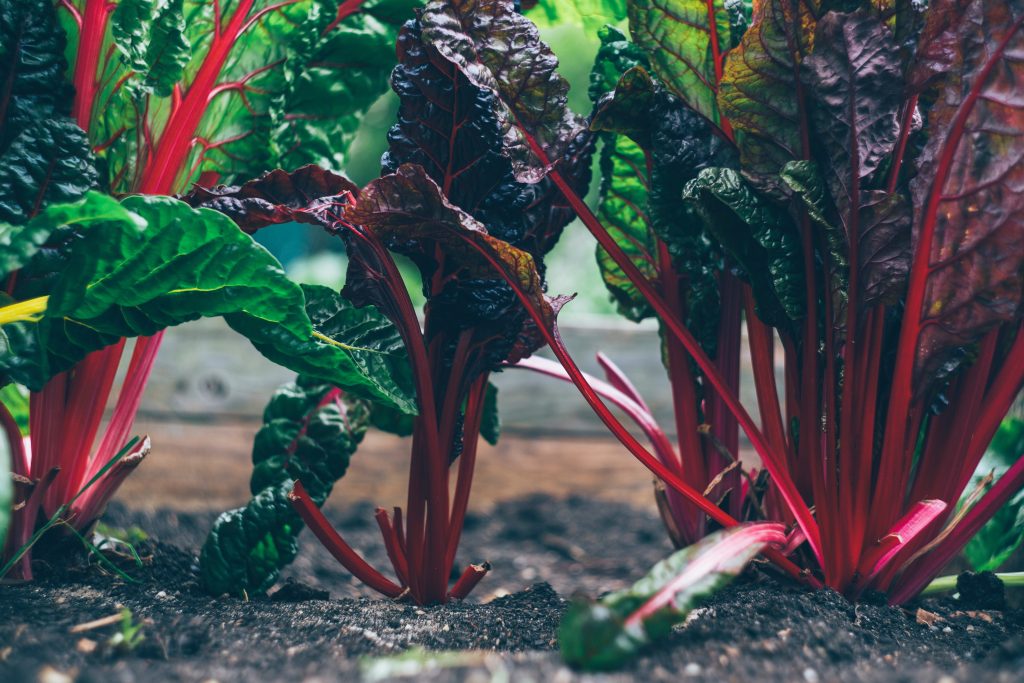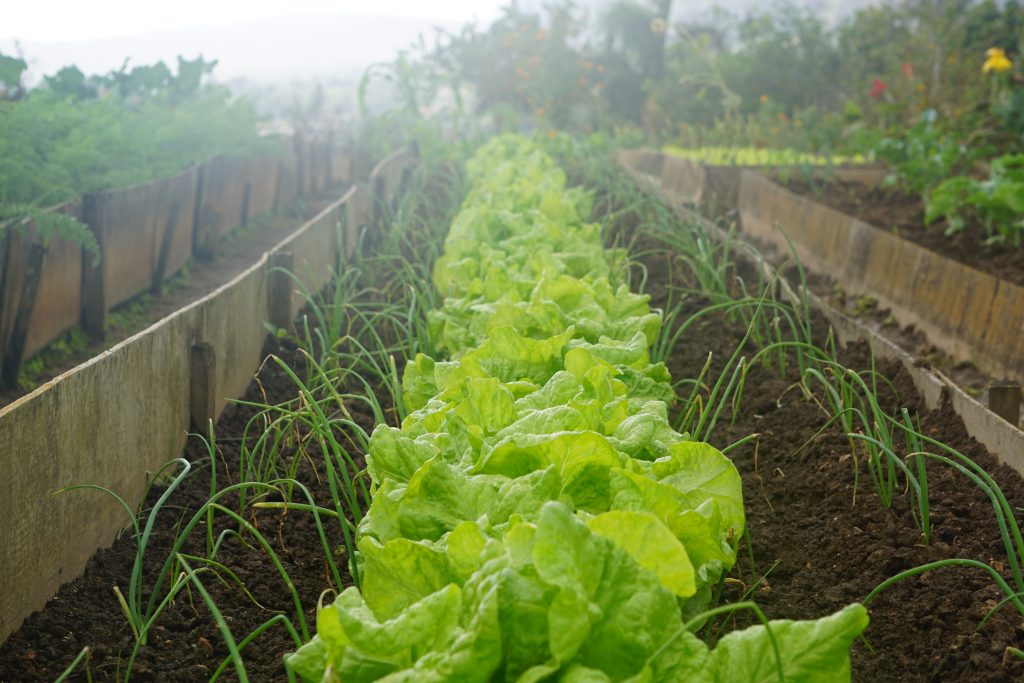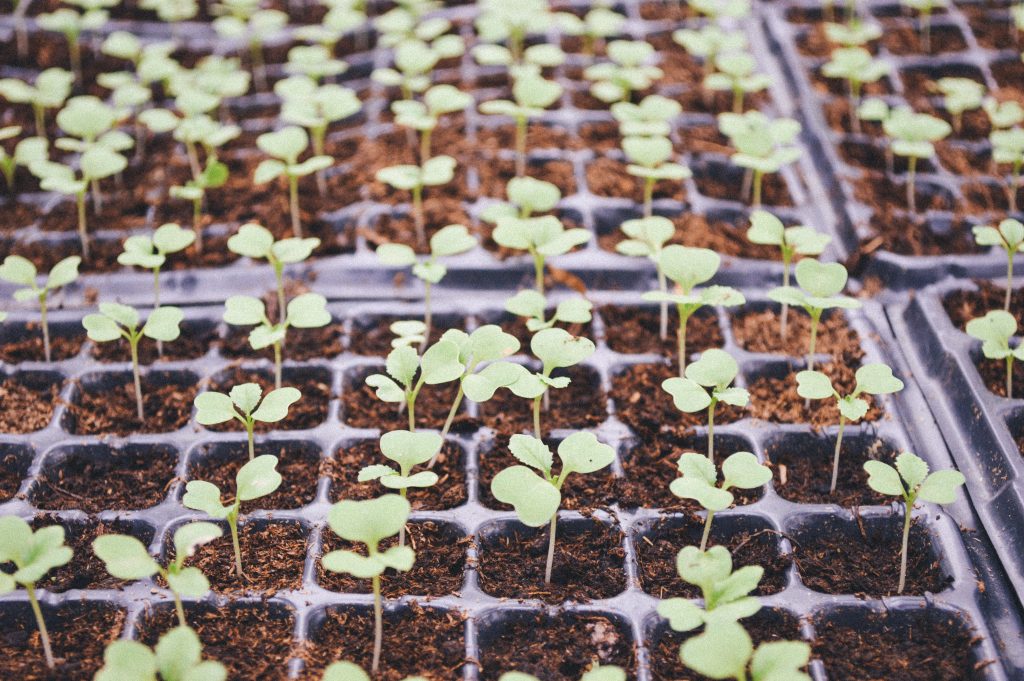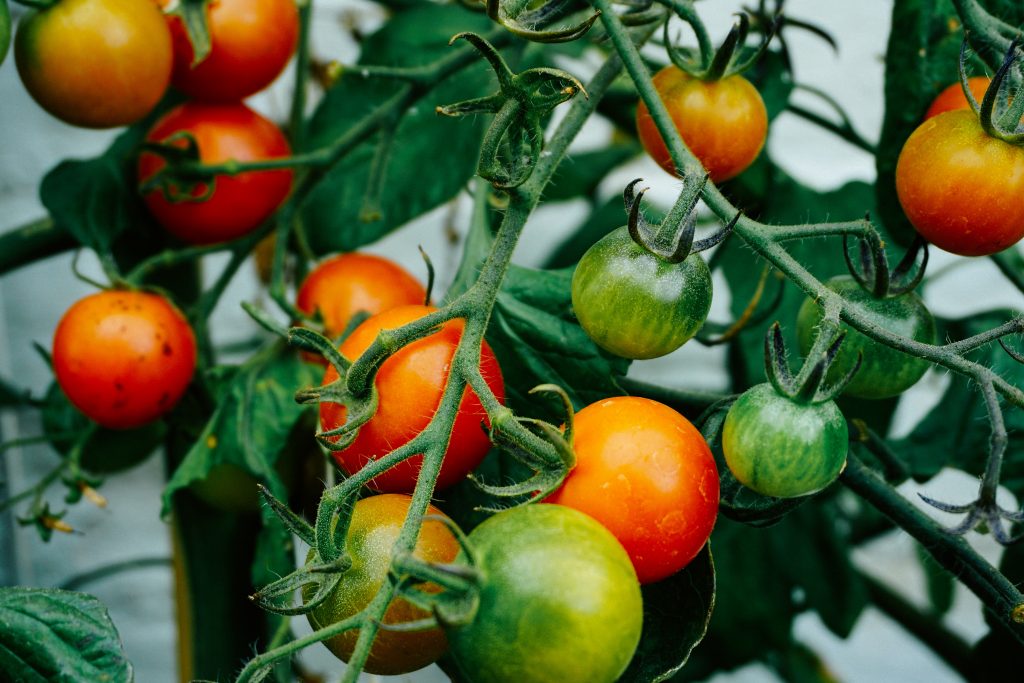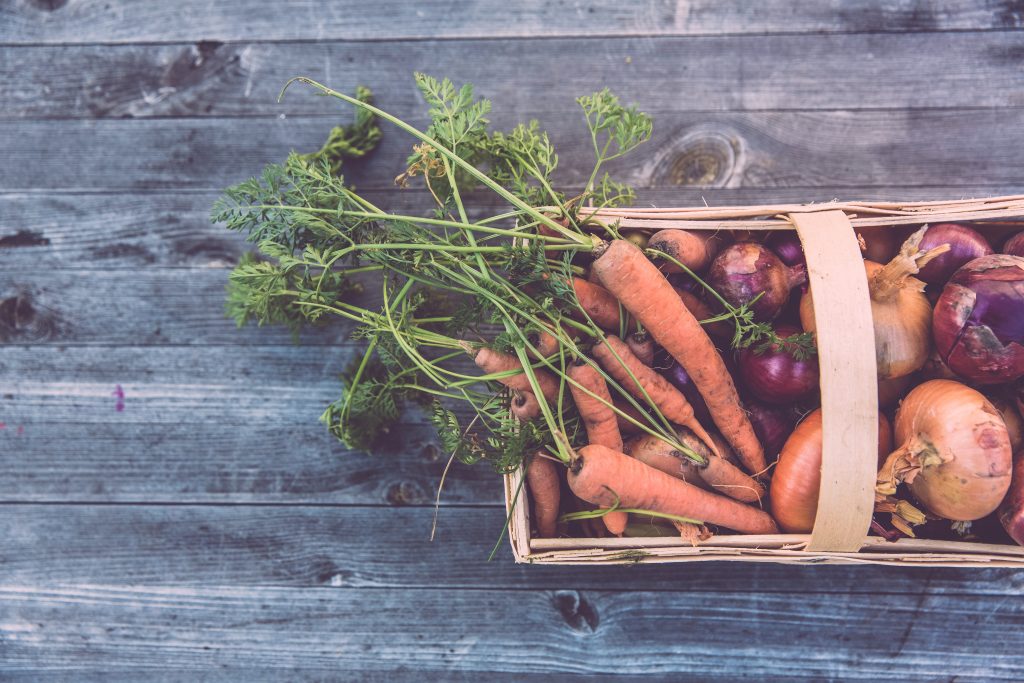Ready to start your own vegetable garden? It can be confusing at first, but gardening is incredibly rewarding. Our Beginners Guide to Vegetable Gardening will help you to plan and grow your own vegetables. Find out how much food you need to grow to feed a family, easy to grow vegetables for a beginner, the best veggies to grow to building self-sufficiency, and more tips. If you are limited in space, check out our urban gardening post!
Starting Your Garden
You may ask, why grow your own vegetables? If you’ve never tried vegetables straight from the garden, you will be amazed by how juicy, fresh, and satisfying home-grown vegetables can be! There’s nothing quite like fresh veggies, especially one’s you’ve grown yourself! And guess what, you can!
In this guide, we will highlight the basics of vegetable gardening and planning. We will be discussing how to pick the right spot for your garden, how to create the right size garden, and how to select the right vegetables to grow. Let’s get started!
Picking the Right Spot for Your Vegetable Garden
Picking the right spot for your vegetable garden is key to success. Here are a few tips for choosing the right spot:
- Plant your vegetable garden in a sunny location. Vegetables need at least 6 hours of direct sunlight per day. The more sunlight they get, the greater the harvest and the bigger the veggies.
- Plant your vegetable garden in good soil. The best soil suitable for vegetables includes lots of compost and organic matter such as composted leaves and ground or shredded, aged bark. Add a 2- to 3-inch layer of compost, decayed leaves, dry grass clippings, or old manure to the soil when you dig or till a new bed. Proper drainage will ensure that water neither collects on top nor drains away too quickly.
- Plant your vegetable garden in a stable environment. You don’t want to plant in a spot that could flood, or in a spot that tends to dry out. You also don’t want to plant your vegetable garden somewhere with strong winds that could knock over your plants or keep pollinators from doing their job. So, pick a spot protected from the wind!
Choosing Your Vegetable Garden Size: Start Small!
Start small, and only grow what you know you’ll eat. A good-size beginner vegetable garden is about 16×10 feet (or smaller) and features crops that are easy to grow.
A vegetable garden this size, based on the vegetables suggested further down, can feed a family of four for one summer, with a little leftover for canning and freezing. Make your garden 11 rows wide, with each row 10 feet long. To take full advantage of the sun, the rows should run north and south.
(Note: If this garden is too large for your needs, you do not have to plant all 11 rows, or you can simply make the rows shorter.)
How to Grow the Best Vegetables
It’s important to choosing the right location, so here are a few tips that will help you grow your best veggies yet:
- Space your vegetables apart. Vegetables set too close together compete for sunlight, water, and nutrition. They are more susceptible to disease and pests; and fail to mature. Pay attention to the spacing guidance on vegetable seed packets and if you have a question, ask our farmers!
- Use SeedWise seeds. Our small seed farmers are experts when it comes to their seeds and their plants. Purchasing from our farmers allows you access to the farmer to ask them questions about the best way to grow each vegetable. Check out our catalog of seeds!
- Water your vegetables properly. Watering your plants the correct amount—neither too much nor too little—will give them the best chance at producing well-formed, mature vegetables. A good general guideline is an inch of water per week, either by rain or watering; in arid climates, it is double that. In hot weather, vegetables need even more water, up to about ½ inch per week extra for every 10 degrees that the average temperature is above 60 degrees.
- Plant and harvest at the right time, not too early or too late. Every vegetable has its own planting times so be sure to check the seed packet. Also, do some research on your own location to find the growing season. Make sure you start your seedlings 6-8 weeks before the last frost date. You can find out the last frost date for your location here.
Suggested Plants for Beginners
The vegetables suggested below are broken into three categories: 1) Easy to grow, 2) Yield more than one crop per season, and 3) Best crops for building food self-sufficiency. Think about what you like to eat as well as what’s difficult to find in a grocery store or farmers’ market. Check out these vegetables below and order your seeds from SeedWise today!
Easiest Vegetables to Grow
Vegetables that may yield more than one crop per season
Best vegetables for building food self-sufficiency
Get started on your vegetable garden today! If you’re unsure how to start growing seedlings, hang tight! We will be back with a new post explaining how to start growing plants from seeds! Stay tuned! At SeedWise, we wish everyone a plentiful growing season!

